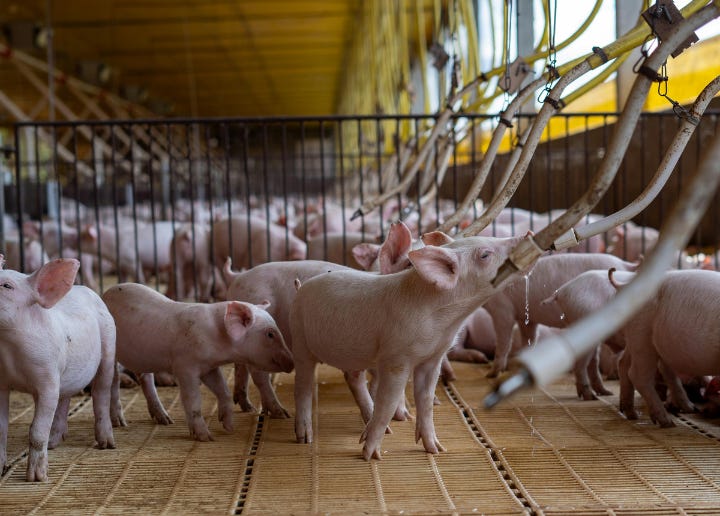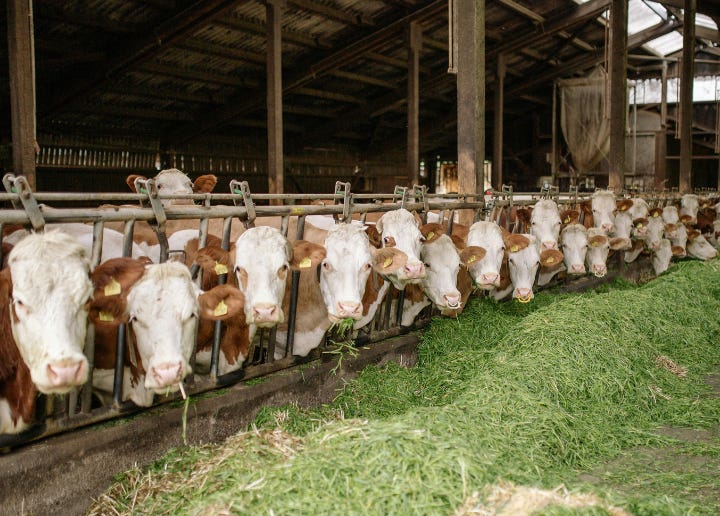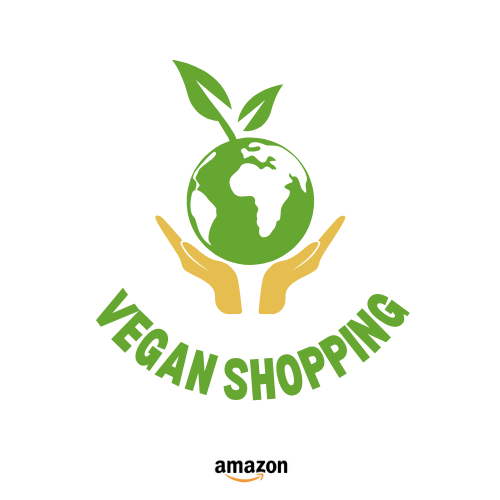Taxpayer Dollars and Factory Farms: The Cost of Industrial Agriculture
Subsidizing Unsustainability
‘‘Factory farms cost taxpayers billions through subsidies, disaster relief, and environmental cleanup while harming small farmers and the planet. Redirecting funds to sustainable farming and plant-based solutions would reduce environmental damage, level the playing field, and build a fairer, healthier food system for everyone.’’
Factory farming—the large-scale, industrial production of meat, dairy, and eggs—is often marketed as an efficient way to feed a growing population. However, the true cost of factory farming extends far beyond the price of meat at the grocery store. U.S. taxpayers foot a substantial portion of the bill, with billions of dollars spent each year to support these operations. This article delves into the staggering financial burden factory farms place on taxpayers and explores how these subsidies shape agricultural practices, economic equity, and environmental sustainability.
Billions in Federal Subsidies
Between 2014 and 2020, U.S. taxpayers spent over $81.1 billion on subsidies benefiting agricultural industries, including factory farms. These subsidies come in various forms, such as commodity support programs, crop insurance subsidies, and disaster relief.
A significant portion of these funds flows to large agribusinesses rather than small, family-run farms. Between 1995 and 2021, for example, the top 10% of farm subsidy recipients received over 78% of commodity program subsidies. This disproportionate allocation not only benefits large corporations but also perpetuates a system that prioritizes industrial farming over sustainable, small-scale agriculture.
The Farm Bill and Taxpayer Support
The Farm Bill, a major piece of legislation renewed every five years, plays a central role in determining agricultural subsidies. The 2023 Farm Bill is projected to allocate more than $100 billion to insurance subsidies alone, with a considerable share benefiting large-scale farming operations. These subsidies insulate factory farms from financial risks, allowing them to continue unsustainable practices without bearing the full economic consequences.
While some argue that these subsidies stabilize the food supply and protect farmers from market volatility, critics highlight how they create an uneven playing field. Smaller, independent farmers often lack access to the same level of financial support, making it harder for them to compete.
Disaster Relief: A Safety Net for Factory Farms
Factory farms also benefit from taxpayer-funded disaster relief programs. Natural disasters such as hurricanes and floods can devastate agricultural operations, and the federal government often steps in to compensate large-scale farming enterprises for their losses. While this aid may seem necessary, it’s worth noting that factory farms—with their high concentration of animals and waste—are particularly vulnerable to these disasters due to their unsustainable designs.
For instance, hurricanes in the southeastern U.S. have caused massive damage to poultry and hog farming operations, leading to billions of dollars in federal relief. Critics argue that such funding enables the continuation of environmentally harmful practices rather than incentivizing more sustainable solutions.
Environmental Costs Passed to Taxpayers
Beyond direct subsidies, taxpayers indirectly subsidize factory farms through the environmental damage these operations cause. Factory farms generate significant air and water pollution, including greenhouse gas emissions, ammonia, and nitrogen runoff. Cleaning up these pollutants often falls on local and federal governments, further increasing the financial burden on taxpayers.
For example, nitrogen runoff from factory farms contributes to the formation of “dead zones” in bodies of water like the Gulf of Mexico, where marine life cannot survive. Addressing these environmental disasters requires substantial public funding, yet the industries responsible rarely pay for the damage.
Who Really Benefits?
While factory farming subsidies are often justified as necessary to keep food prices low, the primary beneficiaries are large agribusiness corporations. These entities use taxpayer-funded support to dominate the market, pushing out smaller competitors and consolidating control over the food supply. Meanwhile, consumers, small farmers, and the environment bear the brunt of the system’s negative impacts.
A Call for Reform
As awareness grows about the financial and environmental costs of factory farming, calls for reform are increasing. Advocates for change suggest reallocating subsidies to support sustainable agricultural practices, such as organic farming, crop diversification, and plant-based food production. These shifts could not only reduce the environmental toll but also level the playing field for smaller, independent farmers.
Transitioning away from factory farming would require significant policy changes, including revisions to the Farm Bill, stricter environmental regulations, and increased investment in sustainable food systems. While these reforms may face resistance from powerful agribusiness lobbies, they offer a path toward a fairer and more sustainable agricultural system.
Conclusion
The financial support provided to factory farms through subsidies, disaster relief, and environmental cleanup represents a significant cost to U.S. taxpayers. These funds disproportionately benefit large agribusinesses while exacerbating environmental degradation and economic inequity. As the hidden costs of factory farming come to light, it’s clear that reform is not only necessary but also long overdue. By redirecting taxpayer dollars toward sustainable and equitable agricultural practices, we can build a food system that benefits everyone—not just the factory farming industry.
Sources
Environmental Working Group: Farm Subsidies Ballooned Under Trump
Sentient Media: Taxpayers Bail Out Factory Farms
Cato Institute: Cutting Federal Farm Subsidies
Vox: Hurricane Helene's Impact on U.S. Farming
Get my new booklet ‘‘25 Vegan Myths Debunked!’’
This concise guide is invaluable for anyone curious about veganism, offering evidence-based insights and practical guidance to navigate vegan living confidently. All proceeds benefit the promotion of animal rights worldwide!
Visit Our Amazon Store!
Notice: As an Amazon Associate, we earn a commission from qualifying purchases that help promote animal rights worldwide!
General Resources
Books:
Dominion: The Power of Animals in Nature and in Our Imagination by Matthew Scully
Animal Liberation by Peter Singer
Eating Animals by Jonathan Safran Foer
A Billion Hungry Mouths: Feeding the World Without Consuming the Planet by Colin Tudge
Websites and organizations:
Documentaries:
Articles:
"The Case for Animal Rights" by Tom Regan
‘‘Why We Love Dogs, Eat Pigs, and Wear Cows: An Introduction to Carnism’’ by Melanie Joy
‘‘Animal Rights: The Abolitionist Approach’’ by Gary L. Francione
‘‘Fellow Creatures: Our Obligations to the Other Animals’’ by Christine Korsgaard
Seeds of Compassion: Finding Jesus Christ in a Vegan World by Michael Corthell
Receive a single informative article daily at 12:01 AM by email. Explore my homepage with exciting vegan and plant-based news content and delightful and delicious recipes for additional updates. Stay connected to the vegan world and all it has to offer.
Visit The Vegan Project Global my Facebook page for more vegan outreach and education.
The information on this vegan/plant-based blog is for general informational purposes only. It is not intended as legal, medical, or professional advice. Readers should consult with appropriate professionals for specific advice tailored to their situation. The blog owner is not responsible for any reliance on the information herein.







This information deserves a much wider audience. People really are not aware of the real costs of the way their food is produced!